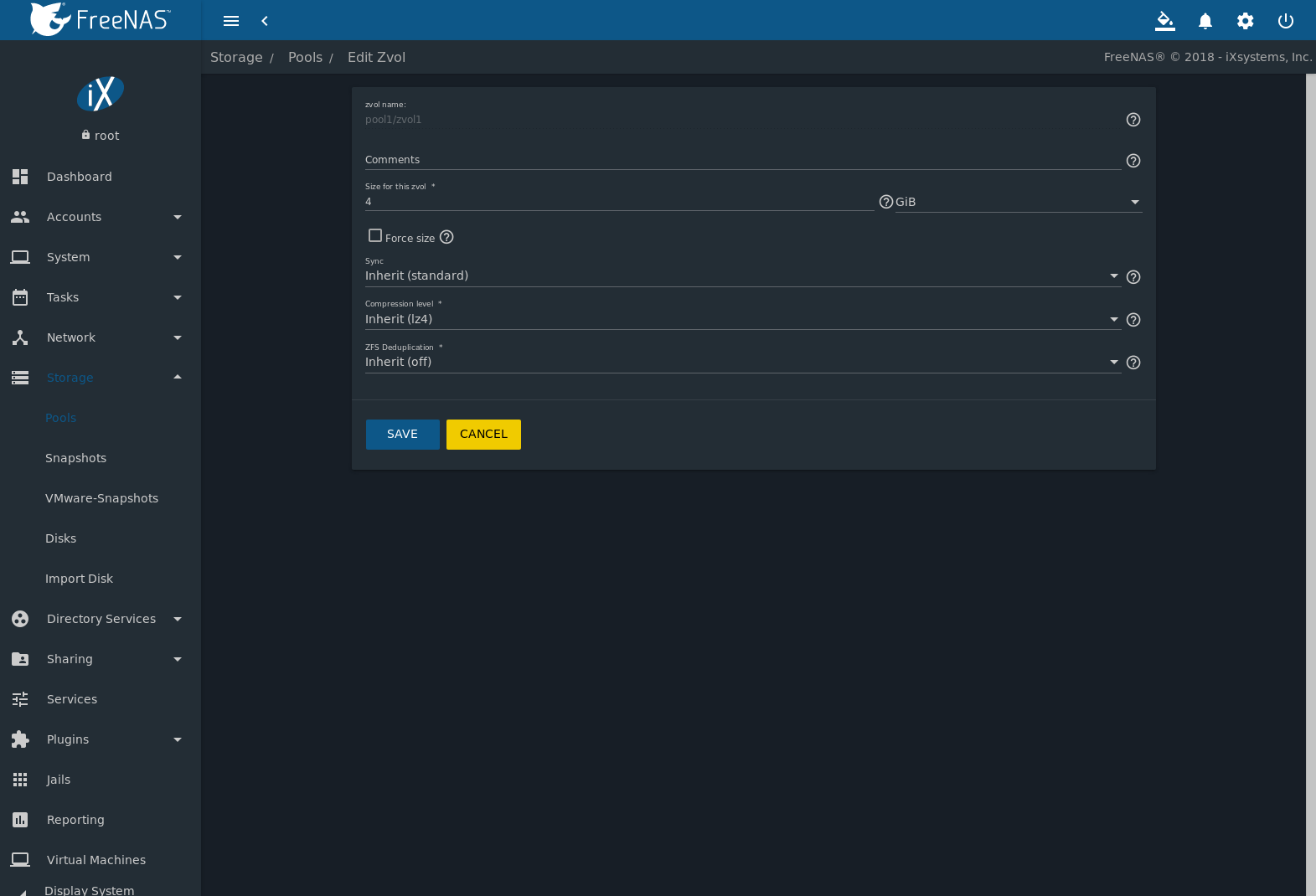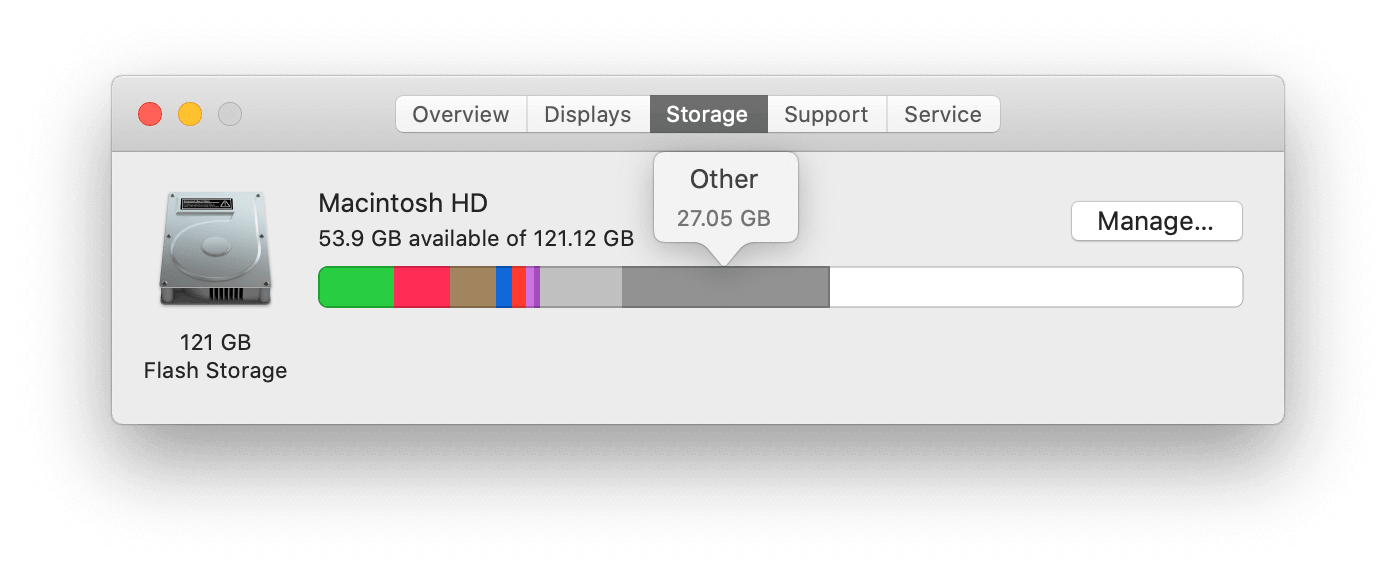


- #Storage for mac and windows domain how to#
- #Storage for mac and windows domain install#
- #Storage for mac and windows domain drivers#
- #Storage for mac and windows domain update#
- #Storage for mac and windows domain manual#
List off your disks with Get-PhysicalDisk and you should see all of them with a “CanPool” status of True. You can list off your visible disks on the system even if you are repurposing hardware – you’ll want to ensure you are clean and starting from scratch. Storage Spaces is documented in the Deploy StorageSpaces on a stand-alone server doc from way back in the 2012 documentation space, but it still applies to 2019. This should free up the disks to be included in a net new Storage pool and be configured into a new Storage Space. You can then delete them with a simple Get-StoragePool -HealthStatus Unhealthy | Remove-StoragePool.
#Storage for mac and windows domain how to#
I had to dig around to figure out how to clear out the old Storage Space information as it’s stamped on each disk – so unless you are using pristine / unused disks – you’ll want to remove any old unhealthy storage pools from the system. This server has an SSD for the main OS drive and a few spinning rust disks for data who had previously been part of a Windows Storage Space in an old configuration.
#Storage for mac and windows domain install#
In my case – one command did the missing controller software install and updated my chipset drivers: pnputil /add-driver *.inf /subdirs /install
#Storage for mac and windows domain drivers#
I extracted the drivers into C:\SWSetup folder and then found the docs about how to go about adding driver packages into the drive store. Doing some digging, I realized that I needed to download the drivers from the HP support site, transfer them via USB stick on to the system – but they required a GUI for the install. Once I got around to wanting to configure a Storage Space and tried to list off my physical disks with a Get-PhysicalDisk command, I realized that my HP workstation was still missing drivers for the controller card. To list off your settings it’s as simple as running PowerCfg /list and then you can copy the scheme GUID for High Performance and then run PowerCfg /Set 8c5e7fda-e8bf-4a96-9a85-a6e23a8c635c It’s a bit harder with no GUI, but you can use the PowerCfg.exe tool to do this. As such – I want to change the Power Profile to High Performance. Since this machine is essentially a Server and it will be running headless, it won’t be going to sleep or turning off monitors as it’s going to be headless after this configuration is complete. You’ll notice I didn’t join a domain – this is a simple NAS for some clients here in the house, I no longer have local domain controllers running for the family / lab. This was the easy part – we have an (almost forgotten) tool with SCONFIG to get this part done. I have gone ahead and input my product key and proceeded to activate Windows Server (Option 11).I have Downloaded and installed updates (Option 6).
#Storage for mac and windows domain update#
#Storage for mac and windows domain manual#
The first stop in this manual install is your old friend SCONFIG.Ī s you can see – I have already enabled and configured some important settings here: I’m not going to cover a vanilla install of Windows Server, so I pickup from just after the first logon where I have the opportunity to set the local Administrators password. I’m going to be managing this system (once it’s configured) using Windows Admin Center, but completing the setup will take a bit of wrangling. This can pose some challenges when you complete the install and need to fine tune and configure it. In case you didn’t know - it does not have a GUI. I came across a few interesting things took a bit of time to solve so I thought I’d share my experience making this server with you here – in case you come across these yourself in your travels. I decided it was time to repurpose one of my "home lab" servers to be a replacement and wanted to take a kick at the can of setting it up as a headless Windows Server 2019 File Server that I could connect up with Azure File Sync for some "cloud connected" storage. It had plenty of disk space and performed well enough - but the version I had lacked any real power or cloud connectivity. My old Synology NAS for home use had started to show signs of wear and was in need of replacement.


 0 kommentar(er)
0 kommentar(er)
